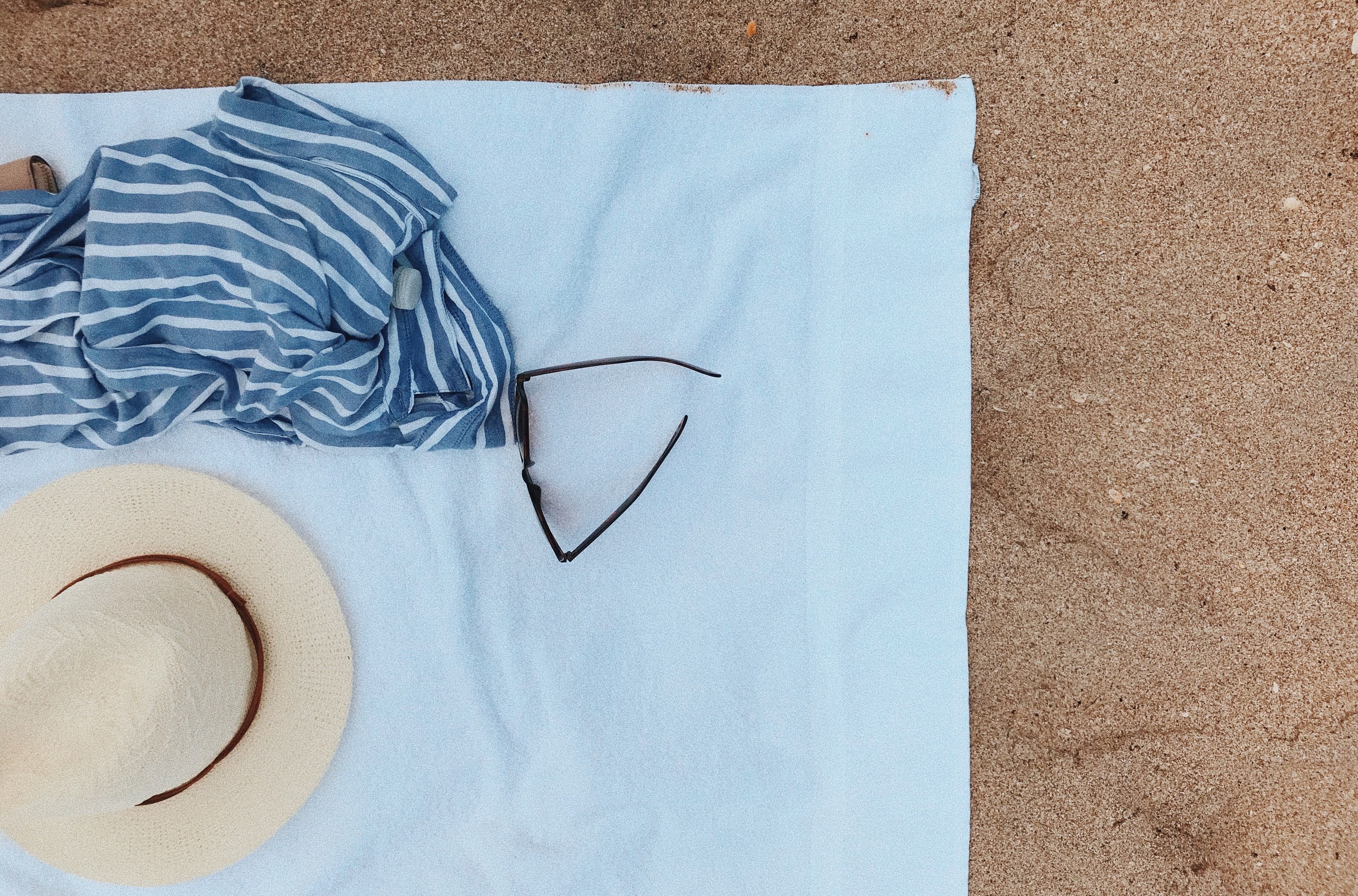
Summertime Blues? Seasonal Depression Can Strike in Summer
Originally posted on https://www.promises.com/addiction-blog/seasonal-depression-strike-summer/
While the short, dark days of winter trigger seasonal affective disorder (SAD) in many people, the sunny days of summer bring on SAD for a small percentage of the population — 1% according to the National Alliance on Mental Illness (NAMI). Sometimes called reverse seasonal affective disorder, summer SAD can be just as debilitating as its winter counterpart. In fact, research shows that despite popular belief that winter months and holidays bring about a spike in depression, suicide rates actually peak during spring and summer months.
Seasonal Affective Disorder – Summer Symptoms
Researchers have found both similarities and differences between summer seasonal depression and winter SAD. While summer seasonal affective disorder symptoms vary by individual, they typically include:
- Loss of appetite
- Weight loss
- Insomnia
- Anxiety
- Agitation
- Isolation
Winter SAD symptoms are often the flip side of these and include feeling sluggish and apathetic, sleeping more, overeating, carbohydrate cravings and weight gain. Both winter and summer SAD have overlapping symptoms such as hopelessness and depression.
What Causes Summer Seasonal Depression
Like winter SAD, summer seasonal affective disorder likely results from the perfect storm of environmental, psychological and genetic factors. Research is still new, but scientists theorize that underlying contributors to summer SAD include:
Biology
Genetics play a large role in mental health disorders. Research shows if your parents or siblings have depression, you’re two to three times more likely to develop depression. So, it makes sense that research also shows that if your family members are depressed, you’re more likely to suffer from seasonal affective disorder. Scientists have even found evidence for a specific gene mutation that might make people more susceptible to seasonal depression.
Melatonin Changes
The change in seasons brings on variations in exposure to the sun and day length, causing fluctuations in melatonin. While scientists aren’t exactly sure of melatonin’s role in reverse SAD, they theorize that the melatonin disruptions impact serotonin levels and cause shifts in people’s circadian rhythms. Fluctuations in circadian rhythms can throw a number of functions out of whack like sleep, mood and appetite.
Allergies
Summer months see a rise in pollen and other allergens. For some people, exposure causes inflammation in the airways, runny noses and other symptoms. Research shows that people suffering from hay fever, asthma and other allergies are about 50% more likely to also have depression symptoms and that moods worsen with high pollen counts.
Heat
Some researchers surmise that high temperatures play a part in summer seasonal affective disorder. Studies have linked hot temperatures to increased agitation, violence and low mood. Agitation is a common symptom of depression.
Poor Sleep
Longer days and shifts in sunlight exposure and melatonin can impact sleep. Insomnia is a common symptom of summer seasonal depression. A large body of research has linked sleep disruptions with depression and other mood disorders.
Schedule Changes
Some people are very sensitive to shifts in their routines — negative or positive. Schedules can rev up with activities and obligations during the summer months or become much less busy depending on the individual. These changes may make some people feel more agitated or down.
Seasonal Affective Disorder and Co-Occurring Disorders
Because some of the same biological and environmental factors associated with winter SAD come into play with summer seasonal affective disorder, people with summer SAD could be at risk for similar co-occurring disorders. These may include:
- Bipolar disorder
- Substance abuse
- Panic disorder
- Generalized anxiety disorder
- Obsessive compulsive disorder
- ADHD
- Bulimia
Treating Summer Seasonal Affective Disorder
You don’t have to wait out the summer months feeling miserable. Interventions that might help summer SAD include:
Attend Therapy
Regularly seeing a mental health counselor can help you work through thoughts and behaviors that contribute to depression. Because seasonal affective disorder — summer and winter varieties — puts you at greater risk for major depression disorder and other mental health issues, a therapist can help you stay on top of your mental health and refer you to a psychiatrist or a higher level of care if appropriate.
Consider Antidepressants
Studies indicate antidepressants can help ease SAD symptoms. Selective serotonin reuptake inhibitors (SSRIs) like sertraline and fluoxetine have been shown to be particularly effective in treating SAD.
Keep Cool
Because heat can cause agitation and irritability that may compound depression, seek out air conditioning and shade.
Catch Some Z’s
Good sleep hygiene is a large part of proper self-care. Poor sleep can trigger depression. Adults should get between seven and nine hours of sleep a night, though some people require up to 10 hours to support good physical and mental health.
Dim the Lights
While there are no studies yet to confirm that darkness helps people with summer SAD, psychologists hypothesize that spending more time in darkened rooms may help symptoms. This is based on research showing light therapy helps people with winter SAD. The rationalization is that people with summer SAD need shorter days and more darkness to regulate their circadian rhythms, similar to how people with winter SAD need the opposite conditions.
Get Moving
Exercise has been shown to benefit mental health and stave off depression symptoms, no matter what the season. No need to run a marathon. Even moderate exercise like brisk walking can provide mental health benefits.
